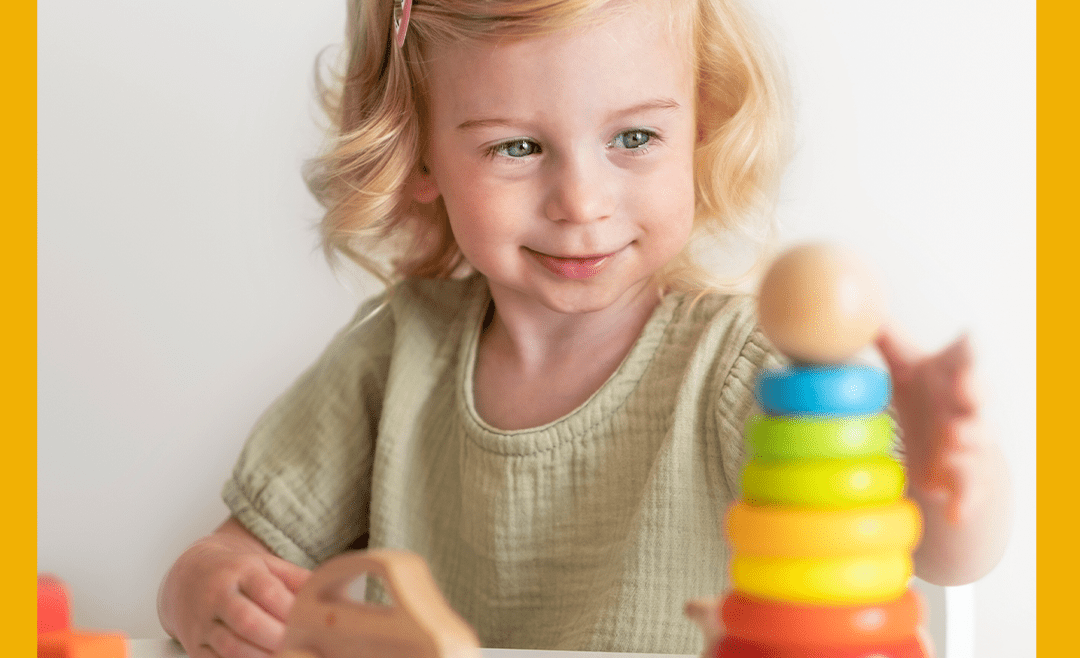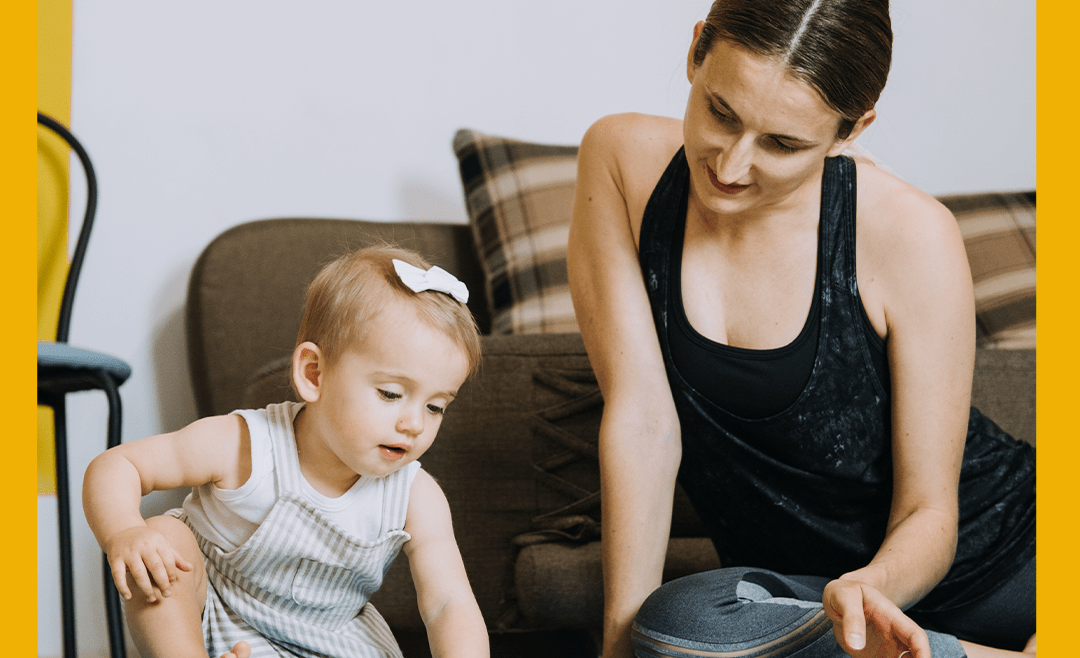Reading with your kiddos is something really special, and a great opportunity to help your child learn and grow. Books ignite imagination and spark curiosity, and reading together as a family nurtures a lifelong love of reading. Since March is National Reading Awareness month, we wanted to share some of our favorite books with you to enjoy with your little ones during this month and beyond. We hope these stories bring as much happiness to you and your child as they do to us, and help create precious memories that will last a lifetime.
Where’s Spot?: This first book is wonderful, and presents fantastic opportunities for playful interaction. Your child will learn all about different animals that are hiding on each page, which gives you the chance to teach them about the different sounds each animal makes. Another great thing about this book is that it is predictable, which helps kids anticipate what’s coming next and learn the routine of the book.
Mr. Brown Can Moo! Can You?: This next book is one that you’ll definitely want to add to your collection. Mr. Brown Can Moo! Can You? is one of our go-to books for encouraging imitation of non-speech sounds, which is excellent for language building. This book also will help your child learn more about rhyming, and the noises that specific bugs, animals, and objects make. Don’t be afraid to get silly and make the sounds out loud together!
Little Blue Truck: Little Blue Truck is an absolutely adorable book that we just know you and your child will enjoy reading together. The illustrations are so fun to look at, and this book allows you to be very playful. You’ll come to find that the lines are catchy, and the animal sounds will stick in your head for a long time. Little Blue Truck also teaches your kiddos about the power of kindness and to always help those in need of a helping hand.
All Better!: The last book to make our list is All Better! by Henning Löhlein. This book is very unique, as it allows your child to help take care of the animals shown using the restickable bandages that are included. There are 5 different animals that you will encounter, with each having a boo-boo that needs to be fixed. While reading, your little one can place the bandage on the animal to make them feel all better!
Follow us on our social media (Facebook, Instagram, Pinterest) throughout March for more books that you can read with your kiddos! Additionally, please don’t hesitate to contact us at any time to discuss if your child would benefit from pediatric therapy. Our team is here to support you and your child in any way we can.











